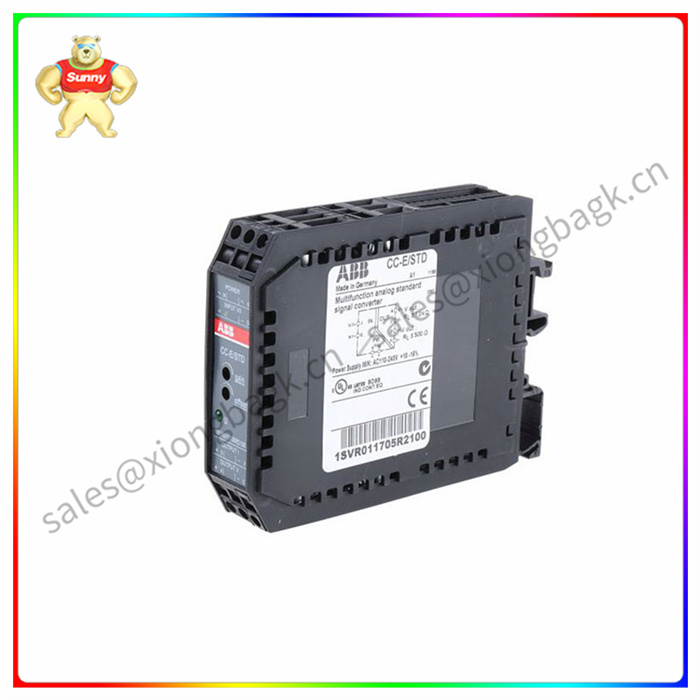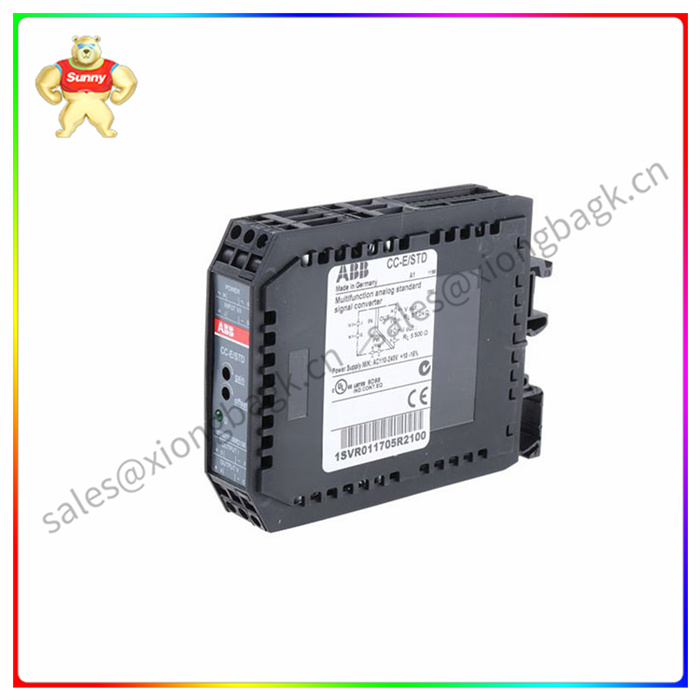ABB 1SVR011718R2500模块 数字低压配电系统
为了使工业二氧化碳排放的捕获、运输和储存更容易获得,ABB 与该市场工程解决方案的 Pace CCS 签署了合作协议。
两家公司将共同运用各自的 知识,通过降低进入该市场所需的资本支出和运营投资,使工业公司更容易实施 CCS 基础设施。
CCS 涉及捕获二氧化碳 (CO 2) 工业过程中的排放物,然后通过船舶或管道将这些排放物从生产地运输到地下储存。根据麦肯锡公司的分析,各国要实现净零排放承诺,到 2050 年行业的吸收率需要增长 120 倍。如果成功,仅 CCS 一项就可以将工业部门产生的碳排放量减少 45%。
Pace CCS 执行官 Matt Healey 表示:“迄今为止,主流采用 CCS 面临的挑战之一是缺乏整个价值链的运营实践,但 ABB 和 Pace CCS 的综合 知识可以改变这一点。” “虽然公司可以看到 CCS 的好处,但如果不清楚在过程的每个阶段实际情况,他们仍然不愿意进行投资。”
ABB 和 Pace CCS 的合作伙伴关系将通过使用数字孪生技术来解决这个问题,该技术提供真实物理过程或设施的虚拟副本。该技术模拟设计阶段和测试场景以提供概念证明以确保设计符合目的。这将向客户展示他们顺利过渡到 CCS 运营。该解决方案将绘制出各种场景,包括地下建模,并将结合 ABB Ability™ OPTIMAX® 能源管理系统来预测和管理功耗。

To make the capture, transport and storage of industrial CO2 emissions more accessible, ABB has signed a partnership agreement with Pace CCS, an engineering solution for this market.
Together, the two companies will apply their respective knowledge to make it easier for industrial companies to implement CCS infrastructure by reducing the capital expenditure and operational investment required to enter sites in the city.
CCS involves capturing emissions from industrial processes of carbon dioxide (CO2) and then transporting these emissions from the place of production to underground storage by ship or pipeline. According to an analysis by McKinsey & Company, for countries to meet their net-zero emissions commitments, industry uptake would need to increase 120-fold by 2050. If successful, CCS alone could reduce carbon emissions generated by the industrial sector by 45%.
"One of the challenges with mainstream CCS adoption to date has been the lack of operational practices across the value chain, but the combined knowledge of ABB and Pace CCS can change that," said Matt Healey, Pace CCS Executive Officer. "While companies can see the benefits of CCS, they are still reluctant to invest if they don't know what is actually happening at each stage of the process."
The partnership between ABB and Pace CCS will address this issue by using digital twin technology, which provides a virtual copy of a real physical process or facility. The technique simulates the design phase and test scenarios to provide proof of concept to ensure the design is fit for purpose. This will show customers their smooth transition to CCS operations. The solution will map out a variety of scenarios, including subsurface modeling, and will incorporate ABB Ability™ OPTIMAX® energy management systems to predict and manage power consumption.





 QQ在线客服
QQ在线客服